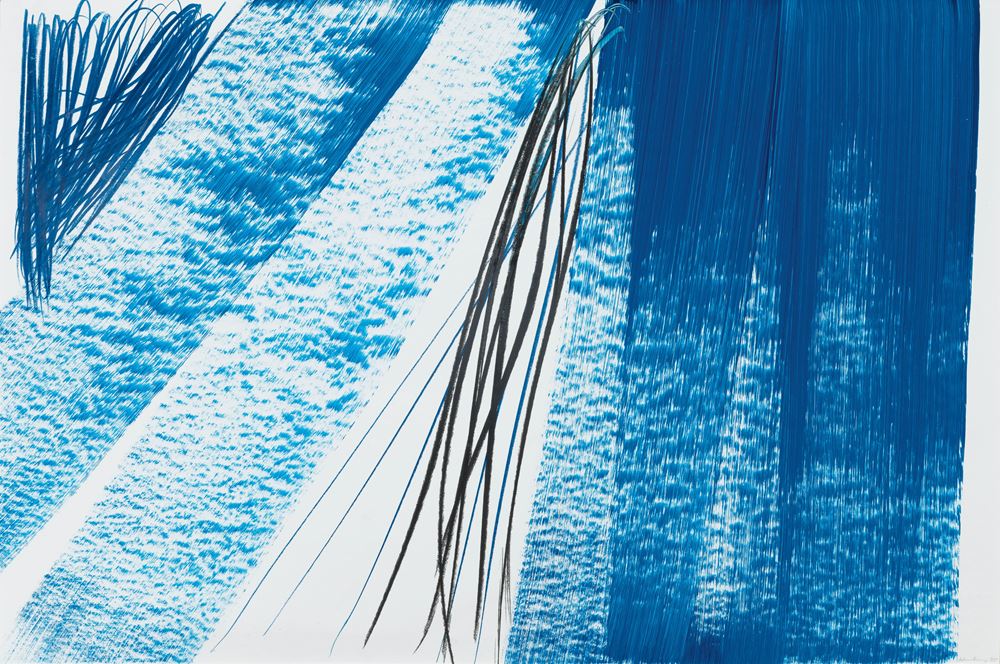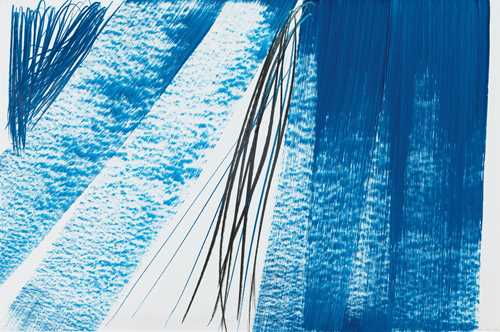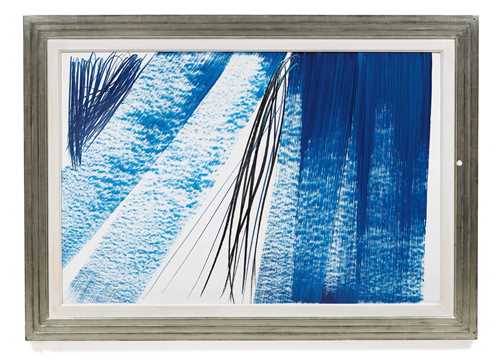
Lotto 3422 - A201 Postwar e contemporary art - giovedì, 30. giugno 2022, 17h00
HANS HARTUNG
Provenance: Private collection Switzerland.
"In my opinion, the kind of painting which people call abstract is not an ism, of which there have been many in recent times; it is neither a "style" nor an "epoch" in the history of art, but simply a new means of expression, a different human language — and in fact more direct than earlier painting". Hans Hartung.
Hans Hartung was born in Leipzig in 1904. He was one of the most important exponents of the École de Paris, a pioneer of Abstract Expressionism, and he occupied an important place in modern European culture.
Hans Hartung's work was very structured and systematic. For example, his works are named according to a stringent principle. The titles are a combination of letters and numbers, each specifying the technique used, followed by the year of production and a code. As in the work offered here, entitled "P50-1975-H14" — P in this case stands for pastel.
His gestural compositions are also clear and reduced. His art was strongly influenced by his training in graphic arts. His delicate strokes are often reminiscent of Chinese ink painting or calligraphy. He himself once described his early drawings as an "unprepared improvisation", and later defined painting as the pursuit of "convincing perfection". Hartung's approach to the random and the intuitive is evident in his work after 1960, as the result of a long process of perfecting these two paradigms. With this combination, Hartung laid the first foundations of Informel. In our present work from 1975, we recognise all these components: the energetic, sweeping, yet deliberate black lines, the spontaneous stroke of the brush, which leaves a gradient of blues on the picture surface as it is applied. This work shows the skilful expression of a well-ordered, spontaneous enthusiasm.
A year after creating this work, Hans Hartung made this well-known statement: "Everything that germinates and grows — vitality, resistance, pain and joy — can find its sign in a soft or flexible, contorted or proud, severe or powerful line, or in a patch of screaming, friendly or sombre colour". Hans Hartung, 1976.
CHF 15 000 / 25 000 | (€ 15 460 / 25 770)
Venduto per CHF 73 500 (incl. premio dell'acquirente)
Non si assume alcuna responsabilità per la correttezza di queste informazioni.


